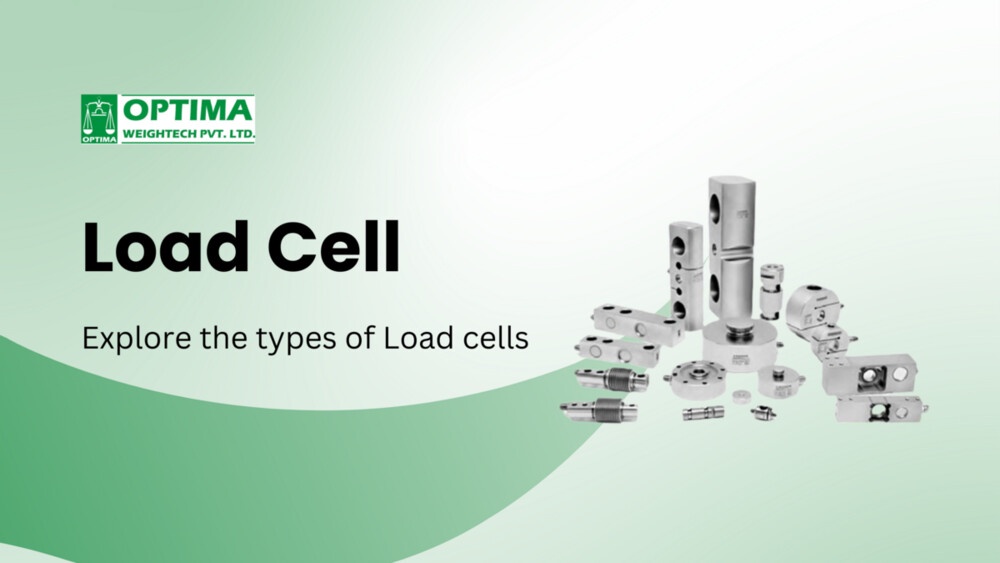Have you ever wondered how the weight of an object is accurately measured? In the world of weighing systems, load cells play a crucial role. These devices are essential components in various industries, ensuring precise measurements that range from small laboratory samples to heavy industrial loads. In this blog, we'll take a closer look at different types of load sensors and understand how they contribute to accurate weight measurement.
What is a Load Cell?
A load cell is a transducer that converts force or load into an electrical signal. Essentially, it transforms the mechanical force applied to it into an electrical output, which can then be interpreted and measured. These transducers find applications in scales, industrial weighing systems, and force measurement devices, providing the necessary accuracy for a wide range of purposes.
Here are the various types of load cells:
S Type Load Cell:
Also known as a bending beam load sensor, it is named for its distinctive S-shaped design. This type of transducer is versatile and commonly used for applications that require high precision and reliability. S-type load sensors are ideal for both tension and compression force measurements, making them suitable for tasks like hanging scales, hoppers, and material testing machines.
Shear Beam Load Cell:
It is designed to measure shear forces, which occur parallel to the surface. These load sensors are widely used in industrial settings for applications such as platform scales and industrial weighing systems. Shear beam transducers offer durability and stability, making them a popular choice for tasks that involve heavy loads.
Strain Gauge Load Cell:
Strain gauge sensors are among the most common types, relying on the deformation of strain gauges to measure force. These load sensors can be found in a variety of shapes and sizes, catering to different applications. Strain gauge load cells are often used in conveyor belts, tank weighing, and truck scales, offering cost-effective and reliable solutions.
Single Point Load Cell:
They are designed for applications where the load may be placed off-center. These load sensors are often used in platform scales, retail scales, and bench scales, providing accurate measurements even when the load is not evenly distributed. The single-point load sensor design allows for easy installation and maintenance.
Pancake Load Cell:
Also known as compression load cells, they have a flat, disk-like shape. These cells are well-suited for applications that involve high compression forces, such as materials testing and hydraulic press monitoring. Pancake load sensors provide accurate measurements in harsh environments and are known for their robustness.
Conclusion:
Load cells are crucial components for accurate weight measurements in various industries. Understanding the different types helps us appreciate the versatility and precision they bring to the table. Whether it's weighing ingredients on a kitchen scale or ensuring the structural integrity of a bridge, transducers play a crucial role in making our world more precise and efficient.


No comments yet